The New England area of New South Wales was opened up in the 1830s, when squatters moved their sheep northwards onto the tablelands. Having been displaced by the massive acreage granted to the Australian Agricultural Company graziers had no choice but to move further out, into uncharted territory.
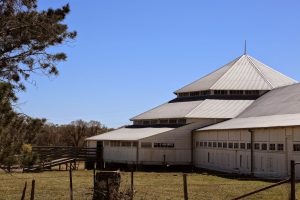
A remarkable area with bushland, steep gorges and eastern coastal plains which drain into the Clarence, Hastings and Macleay Rivers, the New England area quickly established itself as perfect grazing country for sheep, with a number of large properties or runs taken up in the area. The region has been occupied by Indigenous Australians for thousands of years. In the west, the Kamilaroi people. In the highlands, the original languages, which are now extinct, were Anaiwan (or Nganaywana) to the south of Guyra and Ngarrabal and Marabal to the north of Guyra.
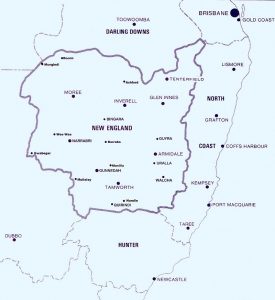
The first white settler in the Uralla district was Edward Gostwyck Cory who sold his holding in 1834 to William Dangar who passed it on to his brother Henry. Henry surveyed much of the Hunter Valley and the Liverpool Plains in the 1820s and 1830s, managing to acquire vast amounts of land in the process. First in, first served, so to speak.
Henry went on to build the ‘Deeargee (originally ‘Gostwyck’) Woolshed’ in 1851, which was later destroyed by fire. The current woolshed was built by Alexander Mitchell in 1872 and is still used by the owners. It’s an interesting design. One that has found favour with both historians and contemporary architects. An octagonal building with a diameter of 15 metres, 24 blade shearers worked in a circle with the sheep passing through a long extension from the pens to the board. The shearers worked in an area filled with natural light and the area was reasonably well-ventilated thanks to the three-tier roof with rows of glass vents overhead.
The shed was built with brick pillars, galvanised iron and that remarkable glazed clerestory roof with a timber frame. Adjoining the main structure is a brick wool-room. Deeargee also became one of the first sheds to use a Wolseley shearing machine… but I’ll save that for next week
(Images courtesy: voussoirs blogspot)

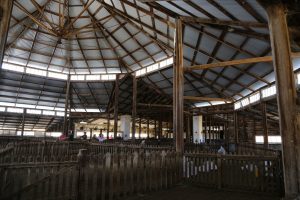
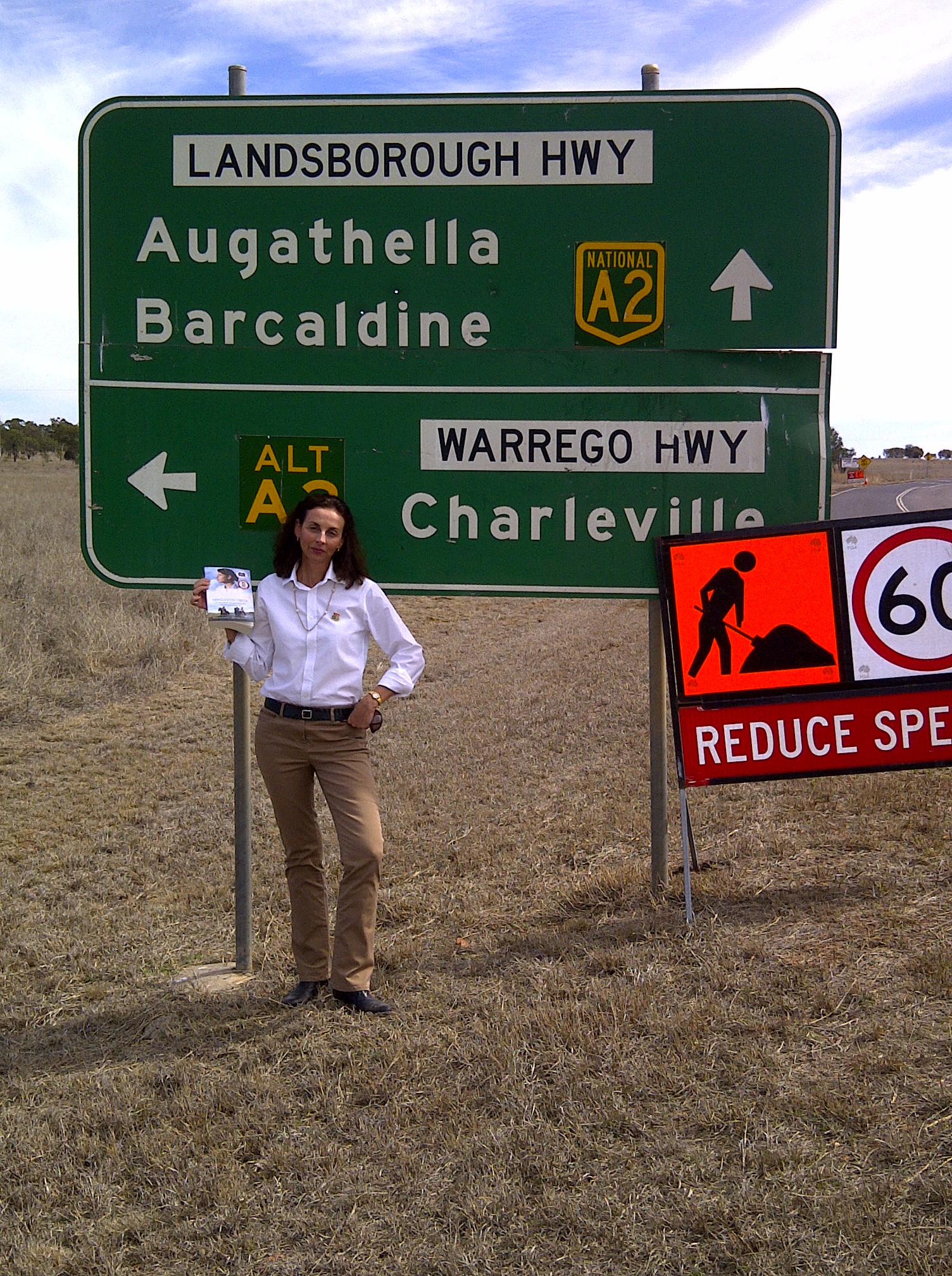
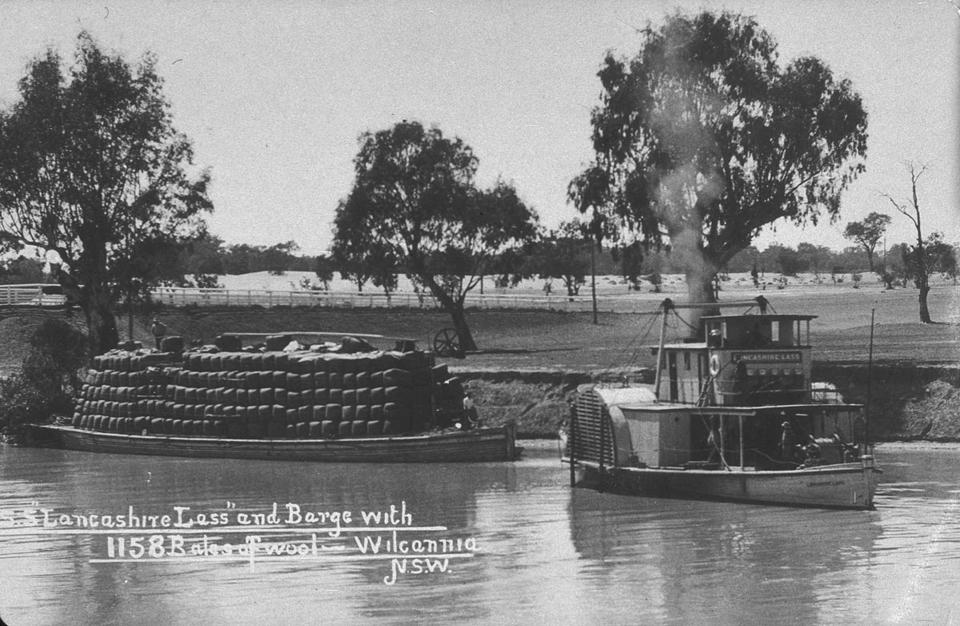
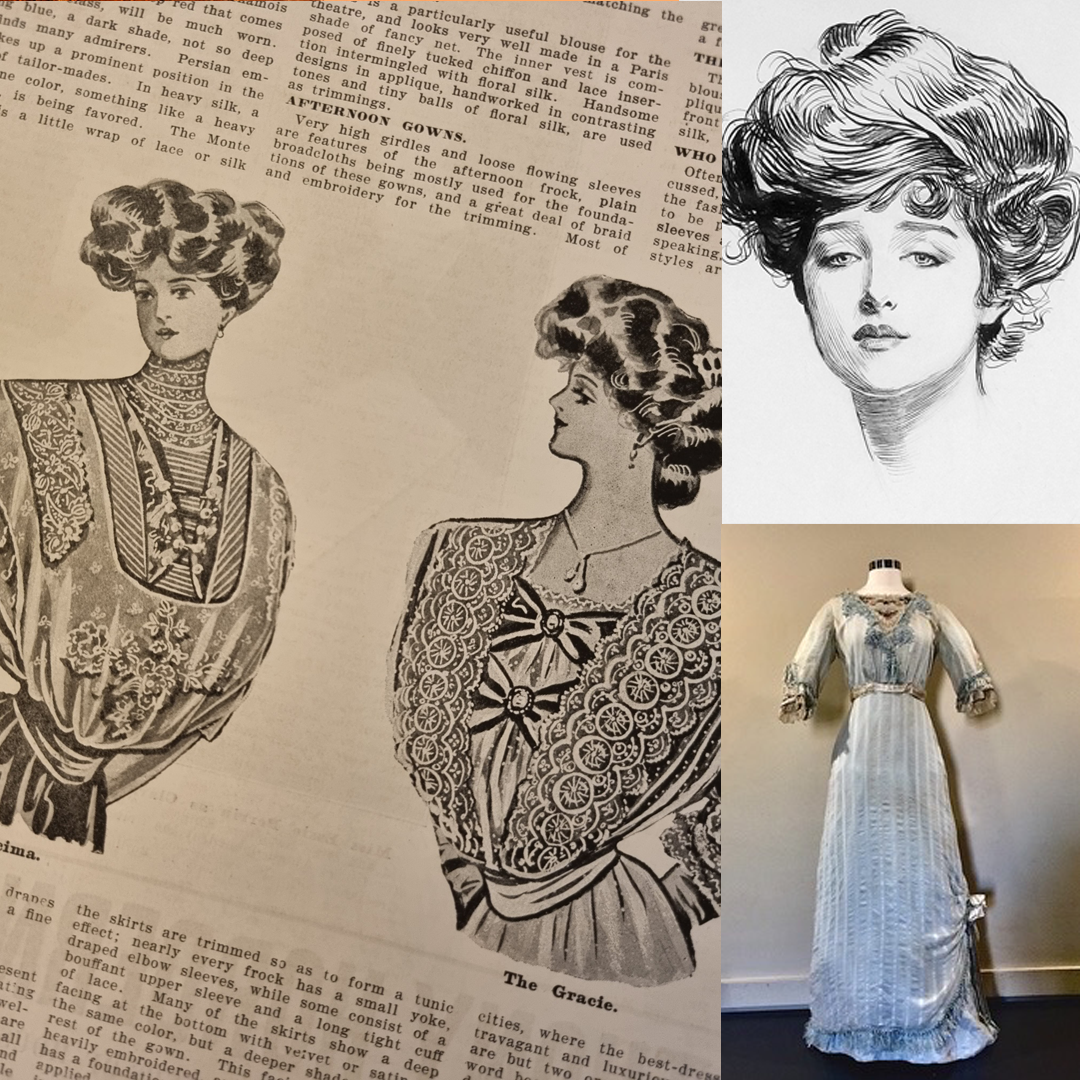
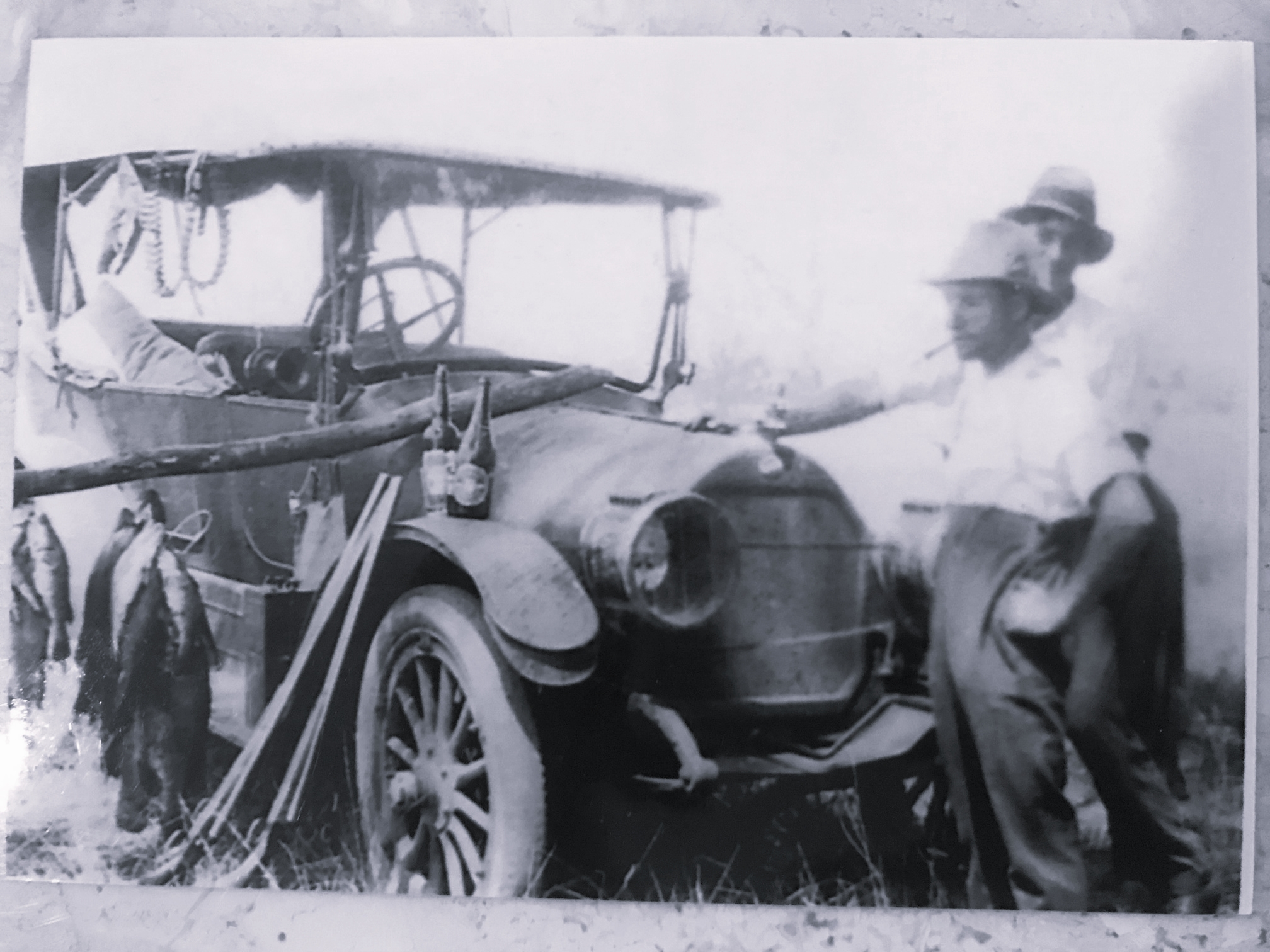
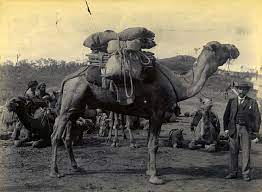
Love that woolshed Nicole. Fancy that being built that long ago. amazing structure for that time.
Isn’t it. Fantastic structure.